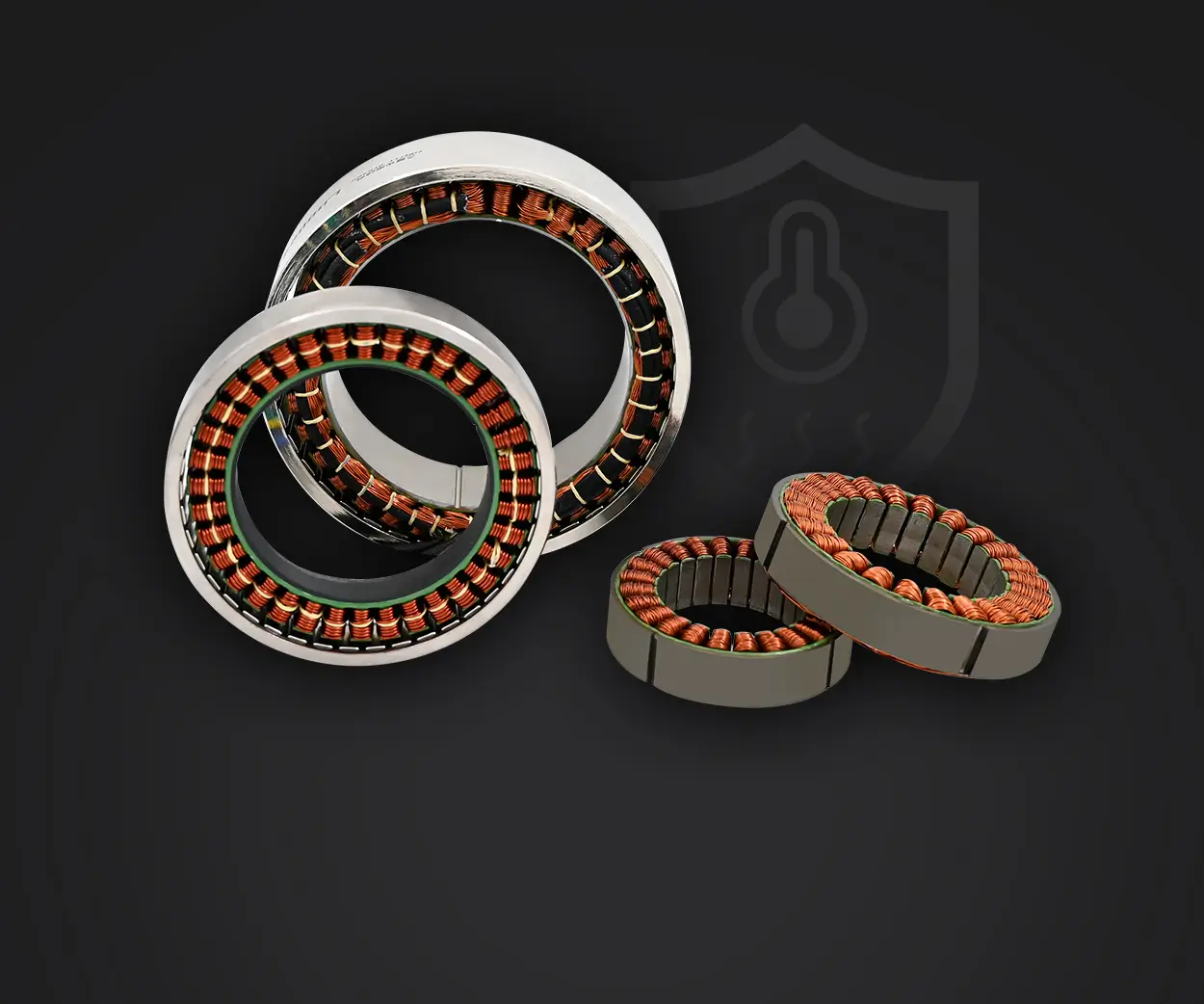Imagine you're trying to fine-tune that high-precision robotic arm or an automated conveyor system — here’s where a servo motor magnetic encoder steps in as the silent hero. It’s not just about spinning motors; it’s about knowing exactly where they’re pointing, how fast they’re moving, and catching any slip-ups before they even happen. That’s the magic behind datasheets describing servo motor magnetic encoders — a document that might seem dense at first glance but is packed with the key info needed to keep your machinery running smoothly.

At its core, a magnetic encoder offers a beefy combination: reliability and accuracy, wrapped in a tiny package of magnetic sensors. Think about the kind of environment these encoders love — rugged, resistant to dust and grime, perfect for factories where cleanliness isn’t always guaranteed. When you glance over the datasheet, you’ll see ratings for operating temperature ranges that promise these little gadgets won’t flake out in colder winter nights or scorching summer days.
Ever wondered how these encoders communicate their position data? Usually via robust interfaces — perhaps a quadrature signal, maybe an A/B phase output — making sure you get a high-resolution picture of movement. If you’re into precise control, look for the resolution figures: high counts per revolution mean your system knows whether your motor is nudging just a millimeter, or doing a full turn with millisecond precision. Some datasheets even mention the power consumption, which is kinda critical if you're aiming for energy efficiency or trying to fit these sensors into a compact design.
Security against interference is another headline. Magnetic fields are everywhere — from motors to transformers. Good datasheets clarify how well the encoder handles electromagnetic noise, so when your machinery rumbles or sparks fly, it doesn’t throw a wrench into the measurements. This resilience usually comes from shielded designs or specific signal filtering, described clearly in the product specs.
Now, some quick clarifier questions for you: ever wondered how to choose between absolute and incremental encoders? Well, magnetic encoders tend to shine with incremental precision but can also have absolute options. Think about a scenario where you need to pick up the drop of a conveyor belt in real time — that’s when high-resolution incremental encoders excel. For position holding over power cycles, absolute encoders become handy.
Imagine assembling a complex system and needing to ensure compatibility. The datasheet becomes your cheat sheet — confirming voltage tolerances, mounting dimensions, electrical interfaces, and how they connect to the main control board. Sometimes it’s the little details, like the shaft diameter or connector type, that make or break the integration.
In the end, you want to know that the magnetic encoder won’t just fit physically — but will perform reliably, read accurately, and survive the rough-and-tumble of real-world industrial environments. That datasheet is the roadmap that guides you through all that. It’s not just a boring pile of specs; it’s a promise of what your system can achieve with the right sensor on your side.
Established in 2005, Kpower has been dedicated to a professional compact motion unit manufacturer, headquartered in Dongguan, Guangdong Province, China. Leveraging innovations in modular drive technology, Kpower integrates high-performance motors, precision reducers, and multi-protocol control systems to provide efficient and customized smart drive system solutions. Kpower has delivered professional drive system solutions to over 500 enterprise clients globally with products covering various fields such as Smart Home Systems, Automatic Electronics, Robotics, Precision Agriculture, Drones, and Industrial Automation.




































